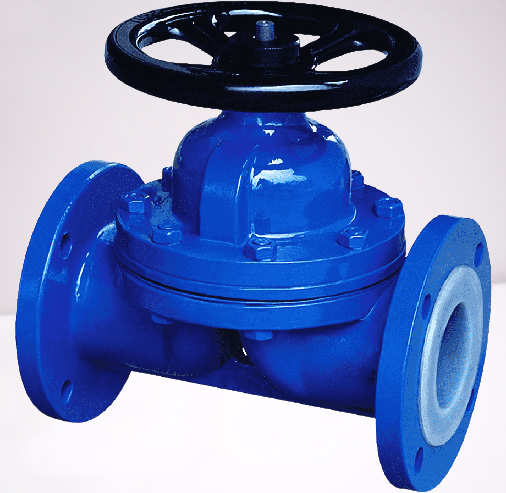Welcome to visit FlowBiz Exports Pvt Ltd
Diaphragm Valve
Diaphragm valves are particle valves that use a liner rather than a diaphragm as part of the valve body. The diaphragm is a pressure-responsive element that is entirely flexible and provides the power necessary to open, close, or maintain the valve's operation. Diaphragm valves can take fluids, gaseous fluids, and semi-solid media.
Diaphragm valves are easy to construct. Due to the tiniest contact between their inner elements, sediments and biofilms build up in diaphragm valves is minimal and does not interfere with their performance. They are widely utilized in food and drug manufacturing, water cures, sewage channels and medicine plants, electronics manufacturing, and pulp and form production.
Advantages and Disadvantages of diaphragm valves:
Advantages:
- Diaphragm valves are helpful in throttling applications.
- Diaphragm valves are clean and especially clean since the areas or bags that trap sediments or biofilms are decreased.
- Diaphragm valves are perfect for managing highly dense, sticky, and particle-containing media.
- Diaphragm valves have a low chance of stem leakage into the environment.
- The working mechanism of the diaphragm valve is separated from the flowing media so the fluid will not interfere with the operating mechanism. Therefore, contamination is less likely to happen. Maintenance and servicing were done without interrupting the channel.
Disadvantages
- Diaphragm valves are utilized in average pipeline temperatures and pressures.
- Diaphragms define high hydrostatic pressures.
- The diaphragm may corrode when broadly used in severe throttling applications.
- The weir may contain complete drainage of the piping.
